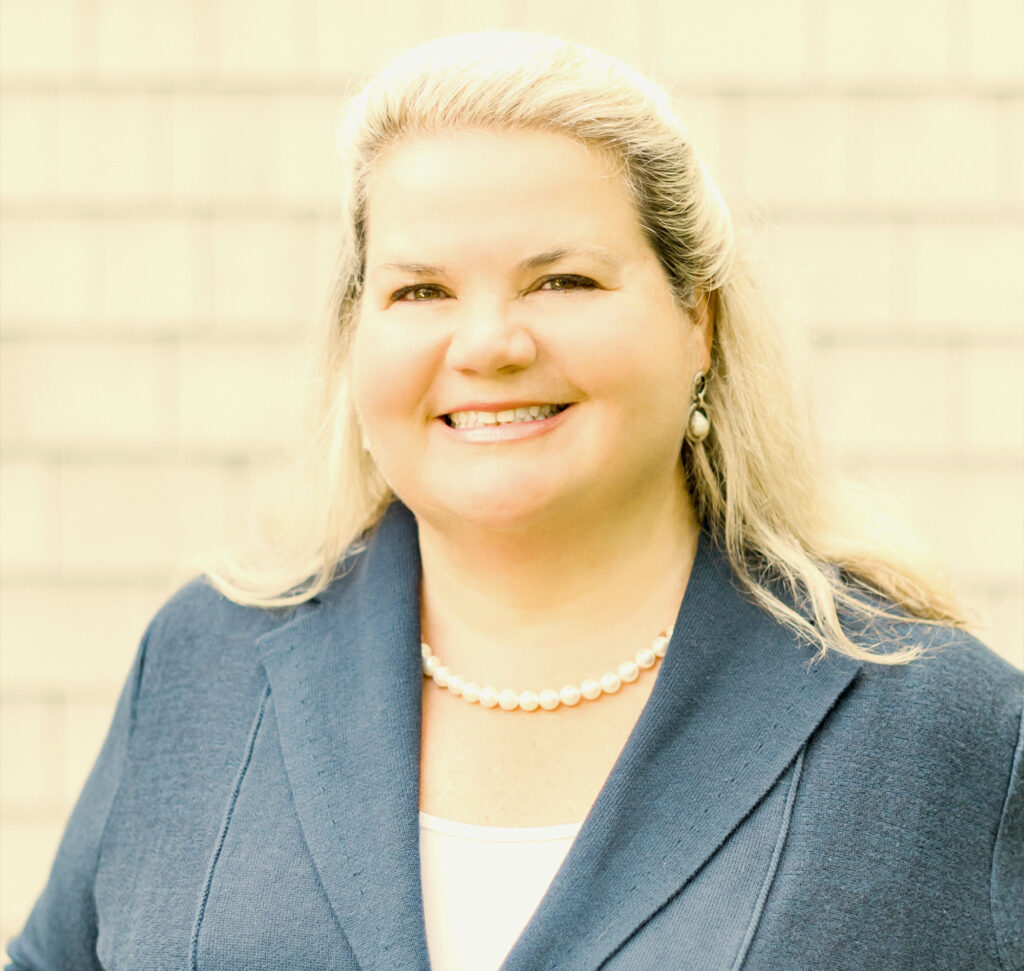On this page
Higher education is ever-evolving and leaders have both the opportunity and the responsibility to change and grow along with it. Last month, Dean Nancy Coleman spoke at the State of Continuing Education 2022, hosted by Inside Higher Ed. The conversation focused on how these leaders can drive sustained impact in education. These are her top five insights and key takeaways from the discussion.
Keep what works, but continue to innovate
One of the main obstacles that leaders in higher education encounter is finding the right focus on growth goals. Losing focus could be detrimental, and there’s no need to reinvent the wheel with every new course or program. On the other hand, being aware of growing needs and trends in the market can help guide new developments. Coleman emphasized continuing to improve on existing programs and services, while finding space for new innovations.
“It requires an ambidextrous approach, which is something more of a balancing act,” she said. “Traditionally, higher ed has not been good at assessing our own success in things, so adding to that equation, we have to figure out what programs do we want to sunset? What programs do we want to make available? We can’t do everything.
Alternative credentials are often undervalued
Alternative credentials allow students to customize their experiences based on what makes them a unique candidate and their life goals moving forward. However, employers often don’t understand the full value of this course of study due to a lack of clarity about the topic. Alternative credentials bolster employees’ knowledge, experience, and qualifications and educating employers about these benefits will improve adoption and credibility, said Coleman.
“Right now, there are some really great alternative credentials out there, and there are some fluffy ones,” Coleman said. “How does a consumer wade through what is going to be a value add and what is not? That is more work to be done there.
Connectivity creates impact
Continuing education isn’t just about the one-time course or degree; it can cultivate lifelong learning relationships. Staying connected with the needs of students throughout their lifetimes allows institutions to support workers with the opportunity to skill and re-skill as the job market — and their individual careers — evolve. Keeping an eye on employer trends is also crucial in being agile and responsive to the needs of both the market and employees.
“I think the best thing we can do as agile providers is stay as close as possible with the employer community, our local communities, and the areas which we serve, and be poised to be able to be very responsive and proactive,” said Coleman.
Find your own definition of success
Success doesn’t have to be driven by hard numbers or profit. ; oOften times it’s more imprecise, but alternative ideas of success can have immeasurable impact. Students returning for further education and experience is one metric, as is their likelihood to recommend the programs to others. This shows the true value that the institution has provided to them; students know they’ll find what they need, no matter where they are in their education or career journeys.
“I think if we are doing our jobs right as continuing educators and we are working with our employer partners, our students are going to come back to us,” Coleman said. “They are going to be the first call when they need to learn new skills.
Center the student
Ultimately, at any higher education institution, the students should be the priority. The core values and competencies should focus on supporting students, which will naturally drive growth and value.
“We don’t need to be good at every single thing, but we need to really decide what our core values are and what we are good at,” Coleman said. “Don’t chase the shiny objects, which we all have a tendency to do sometimes.”
